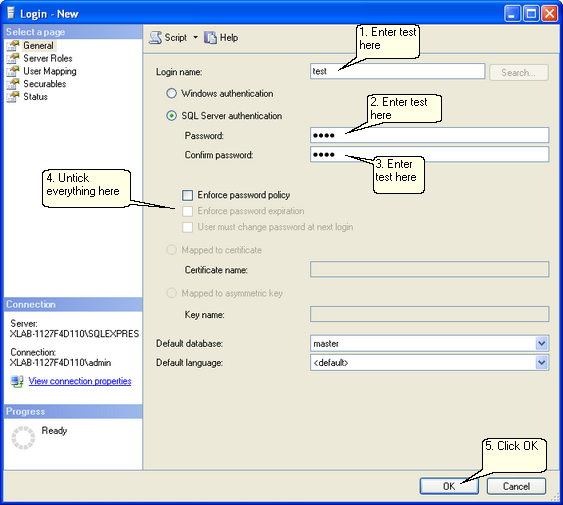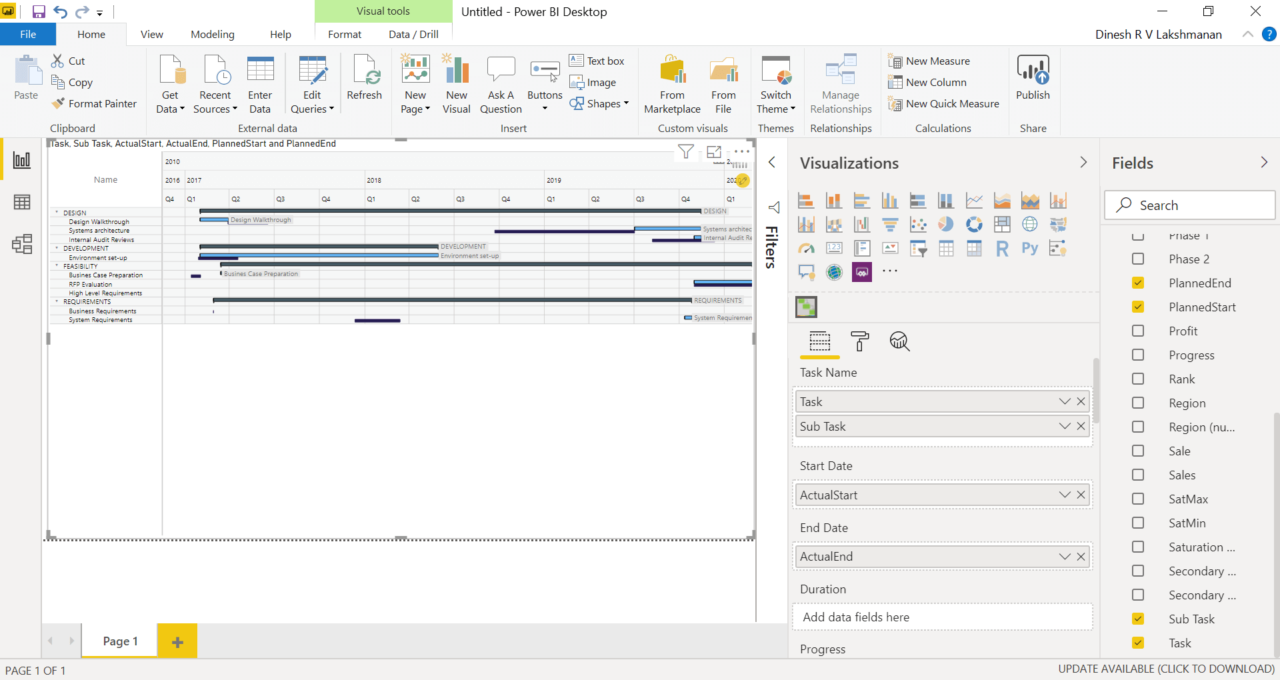

- #Ejabberd write directly to mam database software license#
- #Ejabberd write directly to mam database software#
- #Ejabberd write directly to mam database free#
In August 2005, Google introduced Google Talk, a combination VoIP and IM system that uses XMPP for instant messaging and as a base for a voice and file transfer signaling protocol called Jingle.
#Ejabberd write directly to mam database software#
In January 2010, the service migrated to the proprietary M-Link server software produced by Isode Ltd.
#Ejabberd write directly to mam database free#
From 1999 until February 2006, the service used jabberd as its server software, at which time it migrated to ejabberd (both of which are free software application servers). The first IM service based on XMPP was, which has operated continuously since 1999 and has offered free accounts to users of XMPP.

Note that RFC 3920 and RFC 3921 have been superseded by RFC 6120 and RFC 6121, published in 2011.

The early Jabber protocol, as developed in 19, formed the basis for XMPP as published in RFC 3920 and RFC 3921 (the primary changes during formalization by the IETF's XMPP Working Group were the addition of TLS for channel encryption and SASL for authentication). The early Jabber community focused on open-source software, mainly the jabberd server (e.g., version 1.0 in May 2000, version 1.2 in October 2000, and version 1.4 in February 2001), but its major outcome proved to be the development of the XMPP protocol. Jeremie Miller began working on the Jabber technology in 1998 and released the first version of the jabberd server on January 4, 1999. 5 XMPP via HTTP and WebSocket transports.XMPP-based software is deployed widely across the Internet, and by 2003, was used by over ten million people worldwide, according to the XMPP Standards Foundation. In addition to these core protocols standardized at the IETF, the XMPP Standards Foundation (formerly the Jabber Software Foundation) is active in developing open XMPP extensions. In 2011, RFC 3920 and RFC 3921 were superseded by RFC 6120 and RFC 6121 respectively, with RFC 6122 specifying the XMPP address format. The XMPP Working group produced four specifications (RFC 3920, RFC 3921, RFC 3922, RFC 3923), which were approved as Proposed Standards in 2004. The Internet Engineering Task Force (IETF) formed an XMPP working group in 2002 to formalize the core protocols as an IETF instant messaging and presence technology.
#Ejabberd write directly to mam database software license#
Because XMPP is an open protocol, implementations can be developed using any software license although many server, client, and library implementations are distributed as free and open-source software, numerous freeware and commercial software implementations also exist. Unlike most instant messaging protocols, XMPP is defined in an open standard and uses an open systems approach of development and application, by which anyone may implement an XMPP service and interoperate with other organizations' implementations. Designed to be extensible, the protocol has also been used for publish-subscribe systems, signalling for VoIP, video, file transfer, gaming, Internet of Things applications such as the smart grid, and Social networking services. The protocol was originally named Jabber, and was developed by the Jabber open-source community in 1999 for near real-time, instant messaging (IM), presence information, and contact list maintenance. Extensible Messaging and Presence Protocol ( XMPP) is a communications protocol for message-oriented middleware based on XML (Extensible Markup Language).


 0 kommentar(er)
0 kommentar(er)
